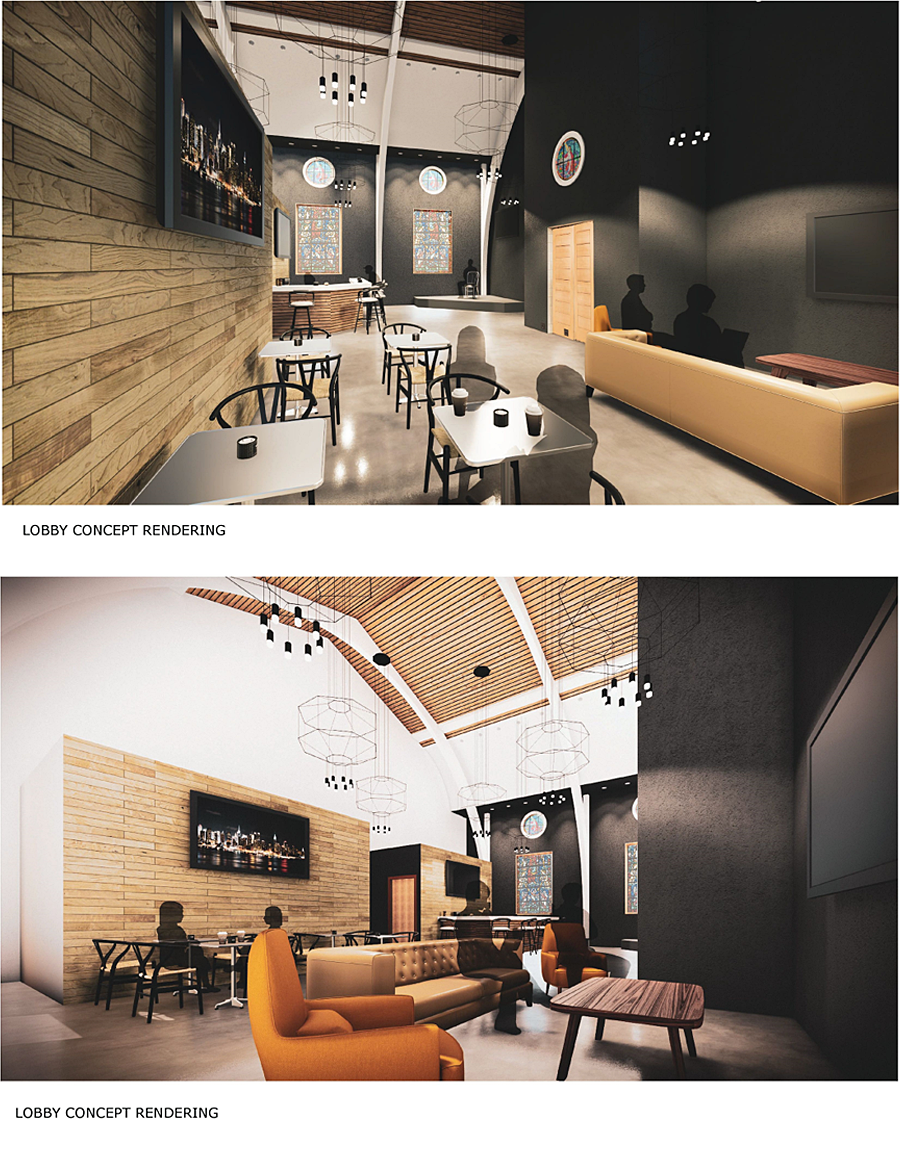Church Restoration Project Recycles 92% of Demo Debris; Contractors Say Less Than 8% of District’s H2O Church Renovation Project Went to Landfill

ORLANDO, FL – Renovation usually involves demolition. And, demolition almost always involves dumpsters overflowing with debris destined for the nearest landfill. But, that’s not the case with the restoration project underway at the future H2O Church building in downtown Orlando.
The $600,000 project – to renovate the former First United Methodist Church building and demolish two education buildings at 2113 E. South St. – takes recycling to a higher level by seeing the salvaging of a whopping 92 percent of the elements removed from the structure, according to Tony Baumert, principal and project manager of Construction Development Inc. (CDI)
“Most demolition projects are considered excellent if they recycle 50% of the debris,” Baumert said. “This project is way above a normal good percentage with only 7.83% going to the landfill and more than 92 percent of the debris tonnage either recycled or salvaged. It is groundbreaking!”
Baumert said a total of 7,655 tons of materials (6,966 tons of concrete, 648 tons of asphalt, 11 tons of metal, and 30 tons of trusses and plywood) were sold, recycled or salvaged, while only 600 tons went to a landfill. In comparison, a recent (2019) CDI project involving the gutting of an office building and the construction of the new Delaney Hotel and Tavern on So. Orange Avenue had 30% of the materials recycled.
Javier Omana who heads the engineering team at CPH, the project’s civil engineers, said he was literally astonished by the care that was taken and the amount of materials preserved. His firm has agreed that they will submit this project for a state conservation award to Florida Planning and Zoning Assn. and the Florida chapters of both American Planning Assn. and American Society of Landscape Architects. “CDI did an impeccable job. We’ve been around a long time and have never seen recycling to this extent.” Omana said.
The reclaimed materials from the church property will either be used elsewhere by the church, by non-profits or a few church members, according to the Rev. Jim Poorman, H2O pastor.
“More than 200 4- by 8-foot sheets of plywood were preserved,” Poorman said. “We are planning on incorporating a number of the demo items into the new design.” CDI is planning to donate most of the plywood and trusses to local charities.
During the renovation, Baumert said the original architectural drawing of the church was found. The drawing was done in the 1950s by James Gamble Rogers; one of the area’s defining architects. He said his firm is having the rendering and blueprint restored and framed to present to the congregation to show how much of the original church has been preserved.
Built in the mid-1950s, the Spanish/Mediterranean-style structure on nearly an acre was deteriorating when purchased in 2019 by 2113 E. South Street, LLC headed by Marisol Santiago Soderstrom, Roger Soderstrom, Jr. and John Kurtz, CCIM as part of an almost five-acre parcel acquisition. The owners are selling a 3.87-acre section to Surrey Homes USA and gifted the remaining church and land to H2O Church.

Poorman said H2O church – which has rented space in Orlando for nearly 20 years – is proud to be able to use a lot of the demoed materials in their new church. Included are wooden roof planks refinished and installed on a wall and in the ceiling of the community meeting area, stained glass windows that were removed by a former owner restored and reinstalled, and the stump of an oak tree taken down on the property is being cut into slices to make tables for the church’s meeting center.
The renovation – which Poorman said should be completed in early 2021 – includes a new roof, painting, stuccoing the exterior, new acid stained floors, new interior lighting, a sound system and the addition of a lobby with a coffee shop that can double as a meeting place for the neighborhood.
“We’re shooting to have everything restored, installed and completed early in 2021 along with having much of it finished in preparation for our Christmas Eve service.”



Comments are closed.